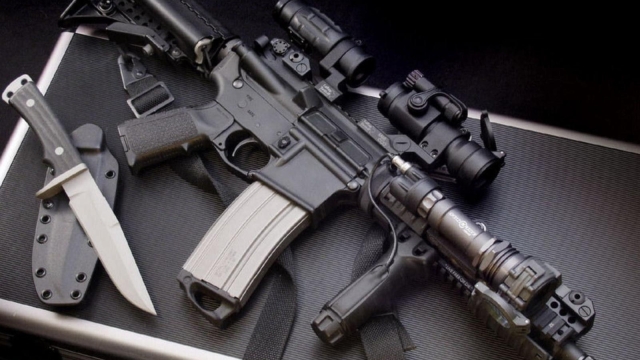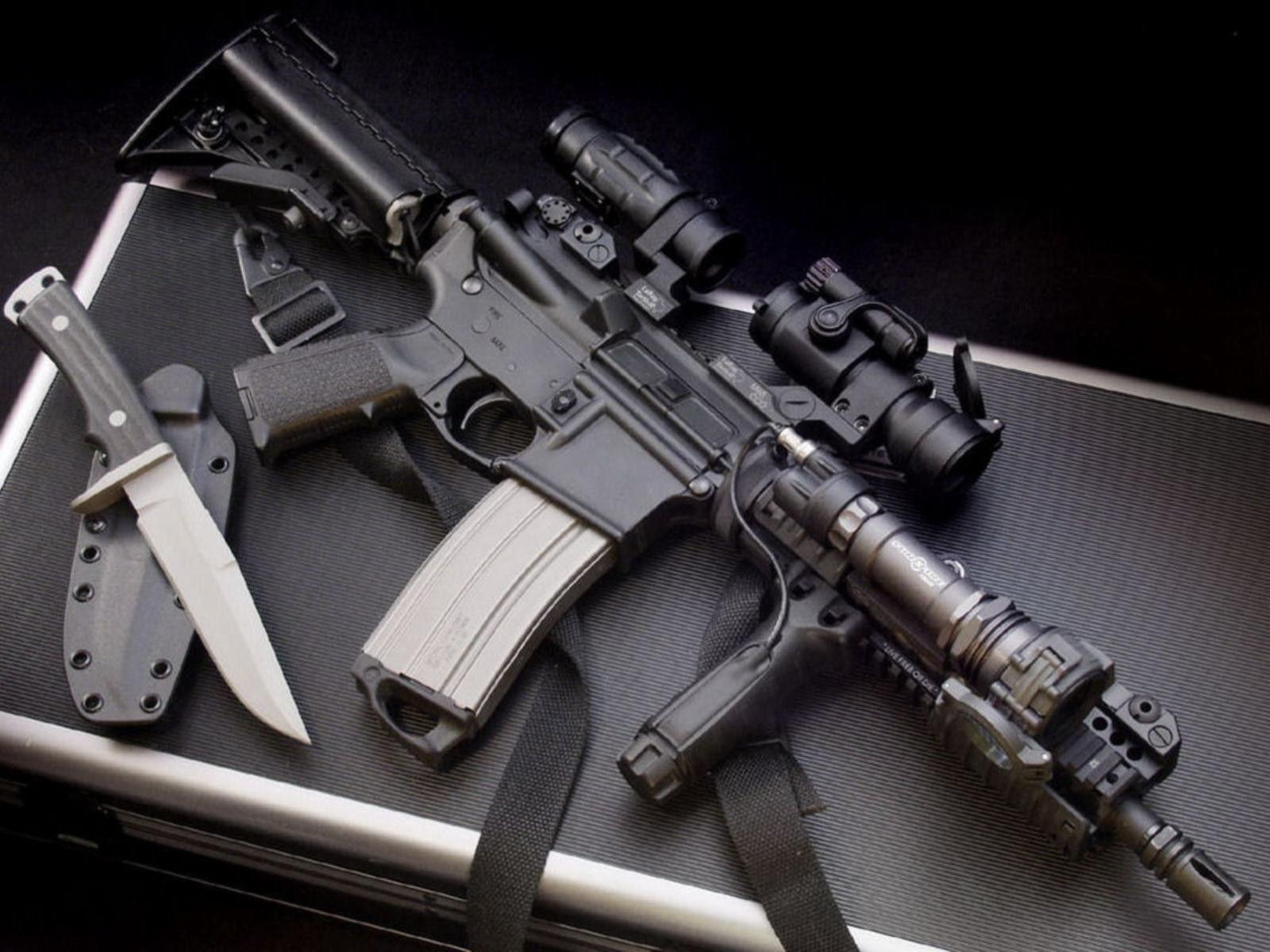
The Evolution of Firearms: From Muskets to Modern Marvels
Firearms have undeniably played significant roles throughout human history, revolutionizing warfare, hunting practices, and personal protection. From the early emergence of basic guns, such as muskets, to the modern marvels of today, the evolution of firearms has been a testament to human innovation and ingenuity. This journey through time has witnessed the development of various designs, mechanisms, and materials, enabling these weapons to become more efficient, powerful, and precise. As we explore the fascinating history of firearms, we gain a deeper understanding of their impact on society and the pivotal role they continue to play in shaping our world.
Early Firearms: Origins and Development
Firearms, considered one of humanity’s most influential inventions, have undergone a remarkable journey of evolution throughout history. From their humble beginnings to the formidable weapons we know today, firearms have played a significant role in shaping warfare, hunting, and even personal protection. In this section, we explore the origins and early development of firearms.
The roots of firearms can be traced back to ancient China, where the first true gunpowder-based weapons emerged during the 9th century. Known as fire lances, these early firearms consisted of a bamboo tube filled with explosive powder. When ignited, they expelled flames and shrapnel, creating a fearsome and unpredictable weapon for its time.
The advent of firearms in Europe can be credited to the invention of gunpowder. The knowledge of gunpowder spread during the Middle Ages, and by the 14th century, firearms started to appear on European battlefields. The earliest European firearms were rudimentary and unstable, often prone to misfires or exploding in the hands of their users. These early firearms, known as hand cannons, were essentially metal tubes that were packed with gunpowder and a projectile, usually a stone or metal ball.
As the demand for firearms grew, European craftsmen began experimenting and refining their designs. Advancements in metallurgy and engineering techniques led to the development of more reliable and efficient firearms. In the 15th century, the matchlock mechanism was introduced, which allowed for controlled ignition of the gunpowder. This crucial innovation greatly improved the accuracy and effectiveness of firearms, marking a significant step forward in their evolution.
The early firearms were cumbersome and required skilled operators, often necessitating a team of soldiers to operate them effectively. However, as technology progressed, civilizations around the world sought to improve their firearms, driving further advancements in design and functionality. These early developments laid the foundation for the incredible strides that would later transform firearms into the modern marvels we have today.
In the next section, we will delve into the transitional period of firearms, exploring the notable innovations and improvements that took place as they evolved from early hand cannons to more sophisticated long guns and pistols. Stay tuned for an exciting journey through the remarkable evolution of firearms!
Continue to section 2: Transitional Firearms: Innovation and Progress.
Advancements in Firearm Technology
Over the years, firearms have undergone remarkable transformations, evolving from rudimentary muskets to the impressive modern marvels we see today. This rapid development in firearm technology has revolutionized warfare, hunting, and personal protection. Let’s explore how advancements in firearms have shaped our world.
Improved Accuracy and Precision: One of the most significant advancements in firearm technology has been the enhancement of accuracy and precision. Modern firearms are equipped with sophisticated sighting systems, allowing shooters to aim with incredible precision. The introduction of rifling, the spiral grooves inside the barrel, has greatly improved bullet stability, resulting in more accurate shots. Moreover, the development of adjustable triggers and ergonomic designs have made it easier for shooters to maintain control and accuracy while firing.
Increased Firepower: With each passing era, firearms have grown more powerful, delivering increased firepower on the battlefield. The advent of repeating firearms, such as bolt-action rifles and semi-automatic pistols, allowed for rapid and continuous fire. Later advancements led to the introduction of fully automatic firearms, capable of firing multiple rounds with a single pull of the trigger. These modern marvels have drastically changed the dynamics of warfare and self-defense.
Cheap AmmoInnovation in Ammunition: Alongside the evolution of firearms, ammunition has also witnessed remarkable advancements. From flintlock and percussion caps to modern cartridge-based systems, ammunition has become more reliable, efficient, and versatile. The development of different bullet types, including hollow points and armor-piercing rounds, has provided shooters with specialized ammunition for specific purposes, be it self-defense or long-distance targeting.
As we delve further into the history of firearms, it becomes increasingly evident that the advancements in firearm technology have played a pivotal role in shaping the way wars are fought, improving hunting capabilities, and providing effective means of self-defense. From the early days of muskets to the sophisticated firearms of today, the evolution of firearms continues to push boundaries and redefine our expectations.
Modern Firearms: The Cutting Edge of Innovation
Advancements in technology have propelled firearms into the realm of modern marvels. With relentless innovation and cutting-edge design, today’s firearms surpass their predecessors in both efficiency and effectiveness.
One notable evolution is the development of semi-automatic firearms. These weapons have revolutionized the speed at which multiple rounds can be fired, thanks to their ability to automatically reload the next bullet into the chamber. This improvement not only increases the firepower of firearms but also enhances the overall control and accuracy for the shooter. Semi-automatic firearms have become a staple in many professional and recreational shooting scenarios, showcasing the industry’s commitment to pushing boundaries.
Additionally, the introduction of modular firearms has further expanded the capabilities of modern weaponry. These firearms allow users to easily modify components such as barrels, stocks, and grips to suit their specific needs and preferences. This adaptability ensures that firearms can be tailored to optimize performance for different situations, whether it be close-quarters combat or long-range precision shooting. The availability of modular firearms has sparked a new level of customization within the industry, giving shooters the opportunity to create their perfect weapon.
Another remarkable advancement lies in the integration of smart technology into firearms. Manufacturers have incorporated features like biometric sensors and digital displays, transforming firearms into sophisticated tools for the modern era. These technologies enhance safety by enabling only authorized users to fire the weapon, while also providing valuable information such as ammunition count and battery life. By seamlessly blending technology and firearms, the industry has successfully enhanced user experience, empowering shooters with real-time data and increased control.
As firearms continue to evolve, it is clear that the industry’s commitment to innovation is unwavering. Modern firearms, with their cutting-edge enhancements, embody the relentless pursuit of excellence, pushing the boundaries of what is possible in the world of weaponry. These advancements ensure that firearms remain formidable tools in the hands of those who rely on them, consistently delivering power, accuracy, and adaptability.


